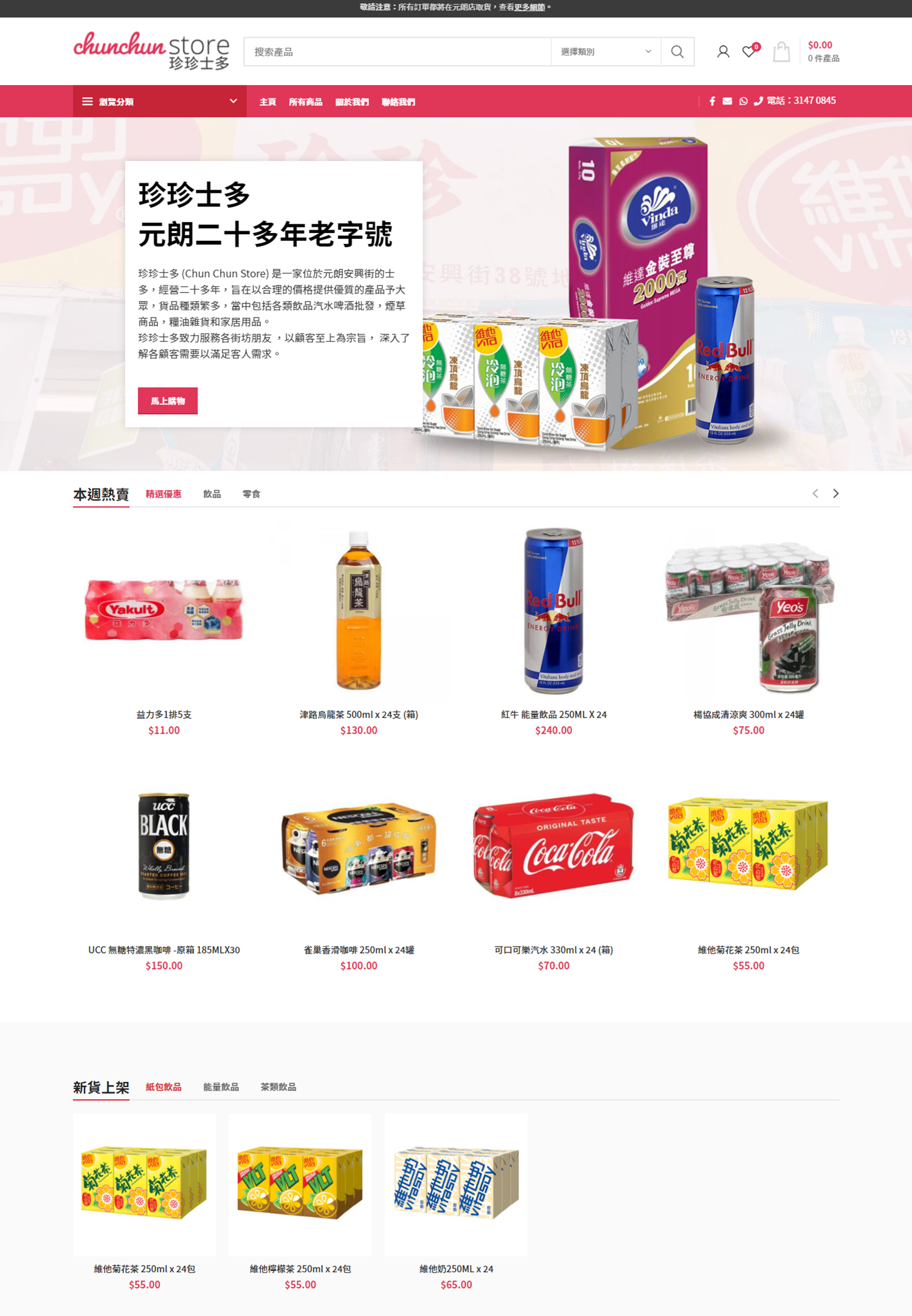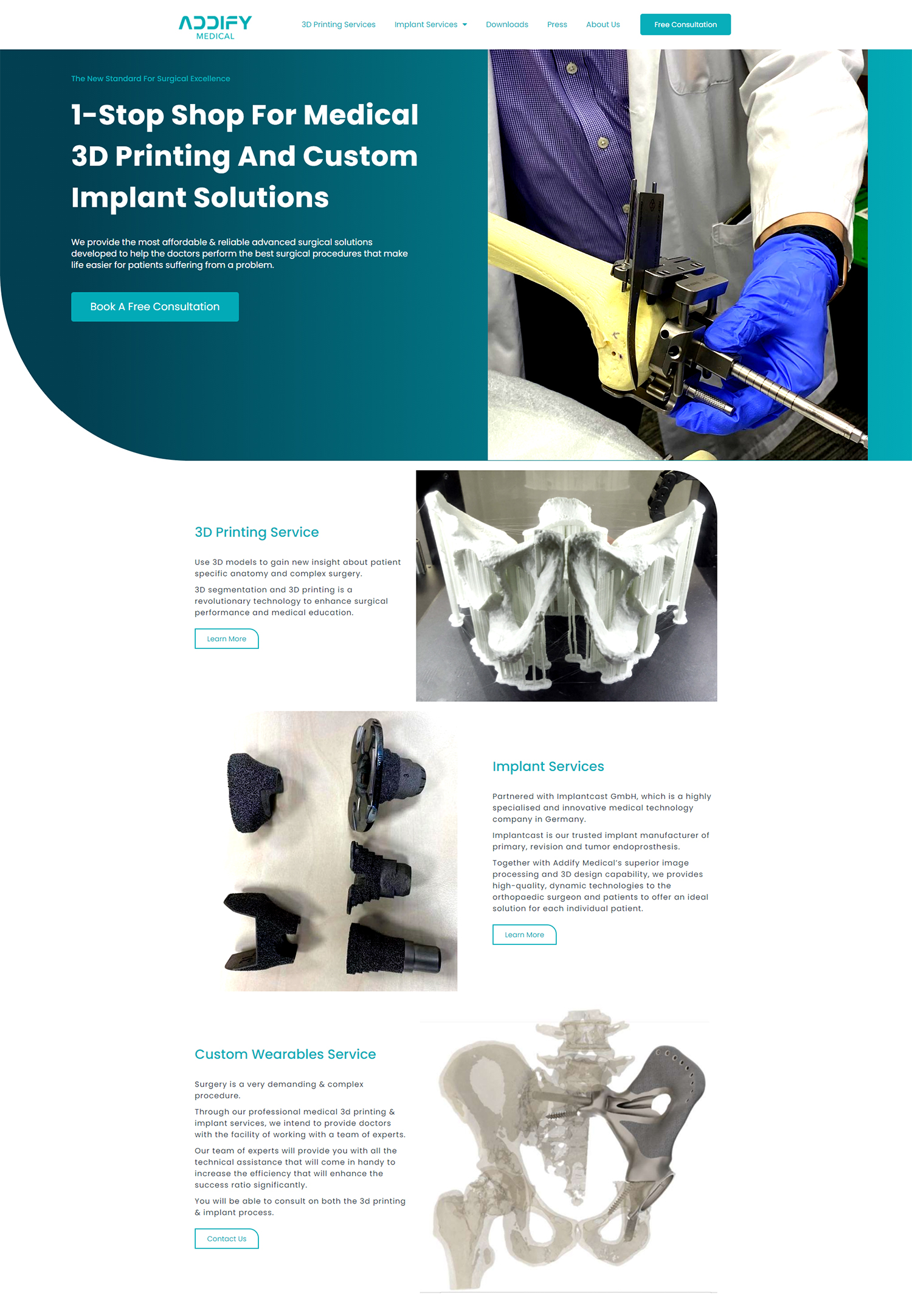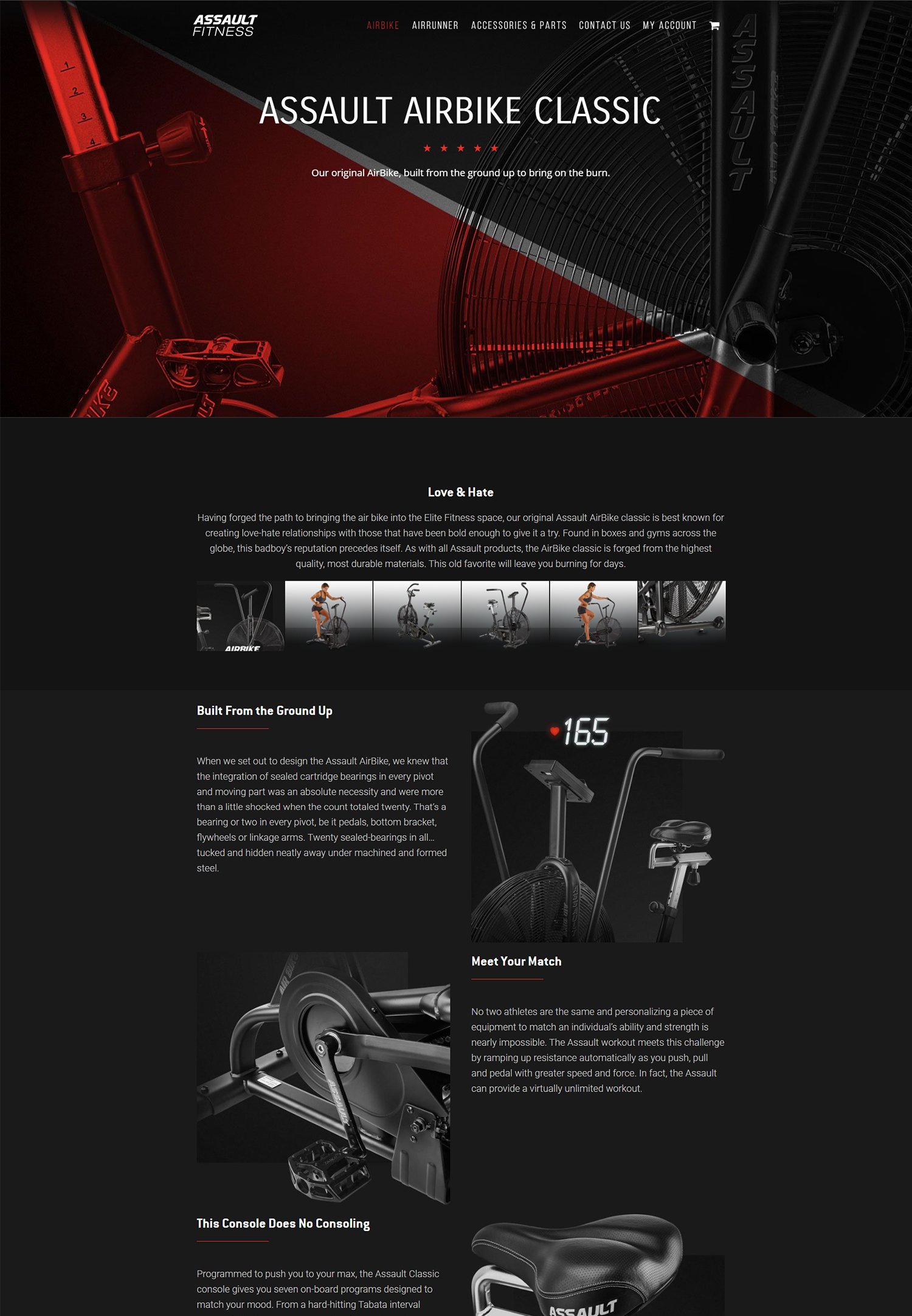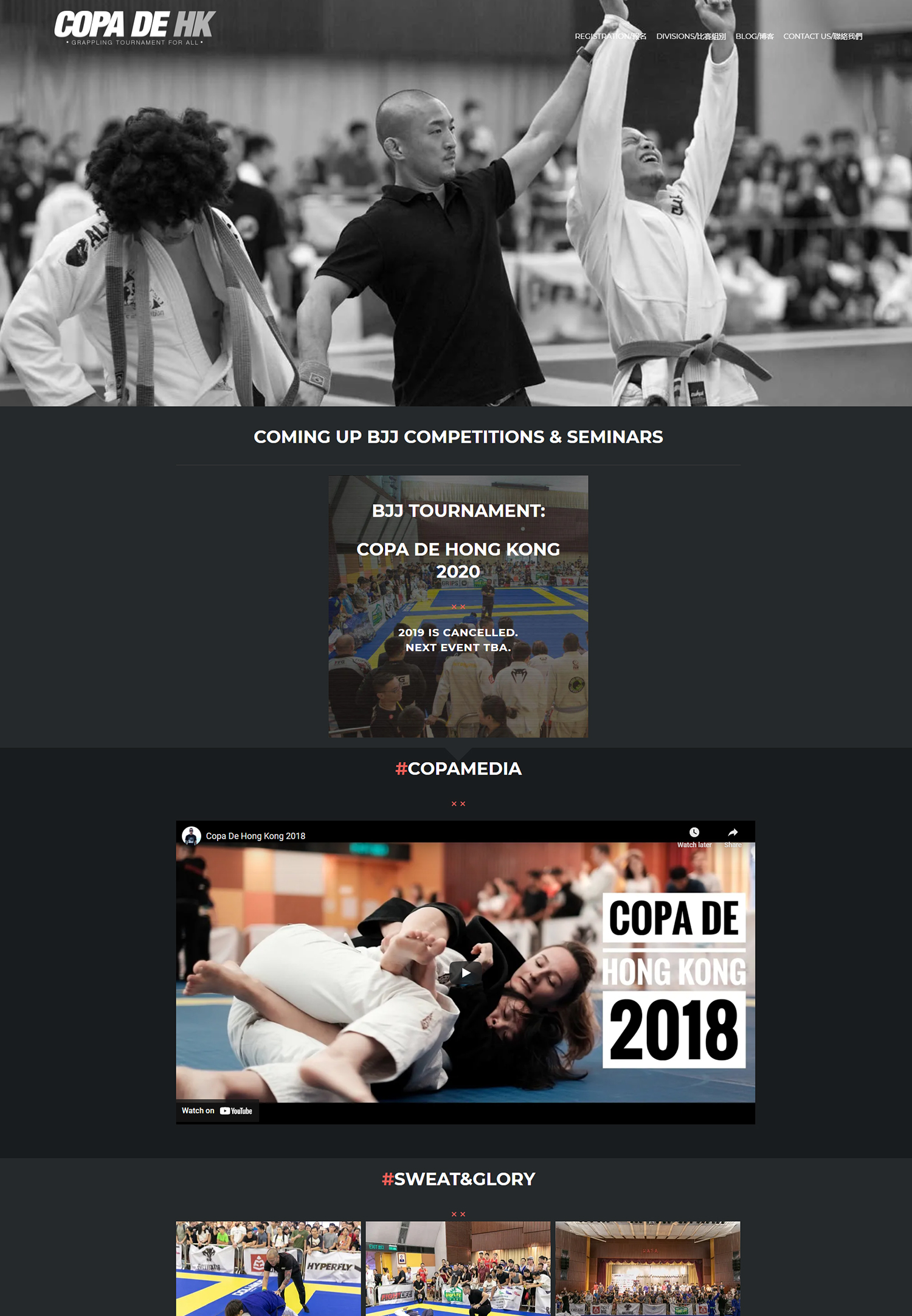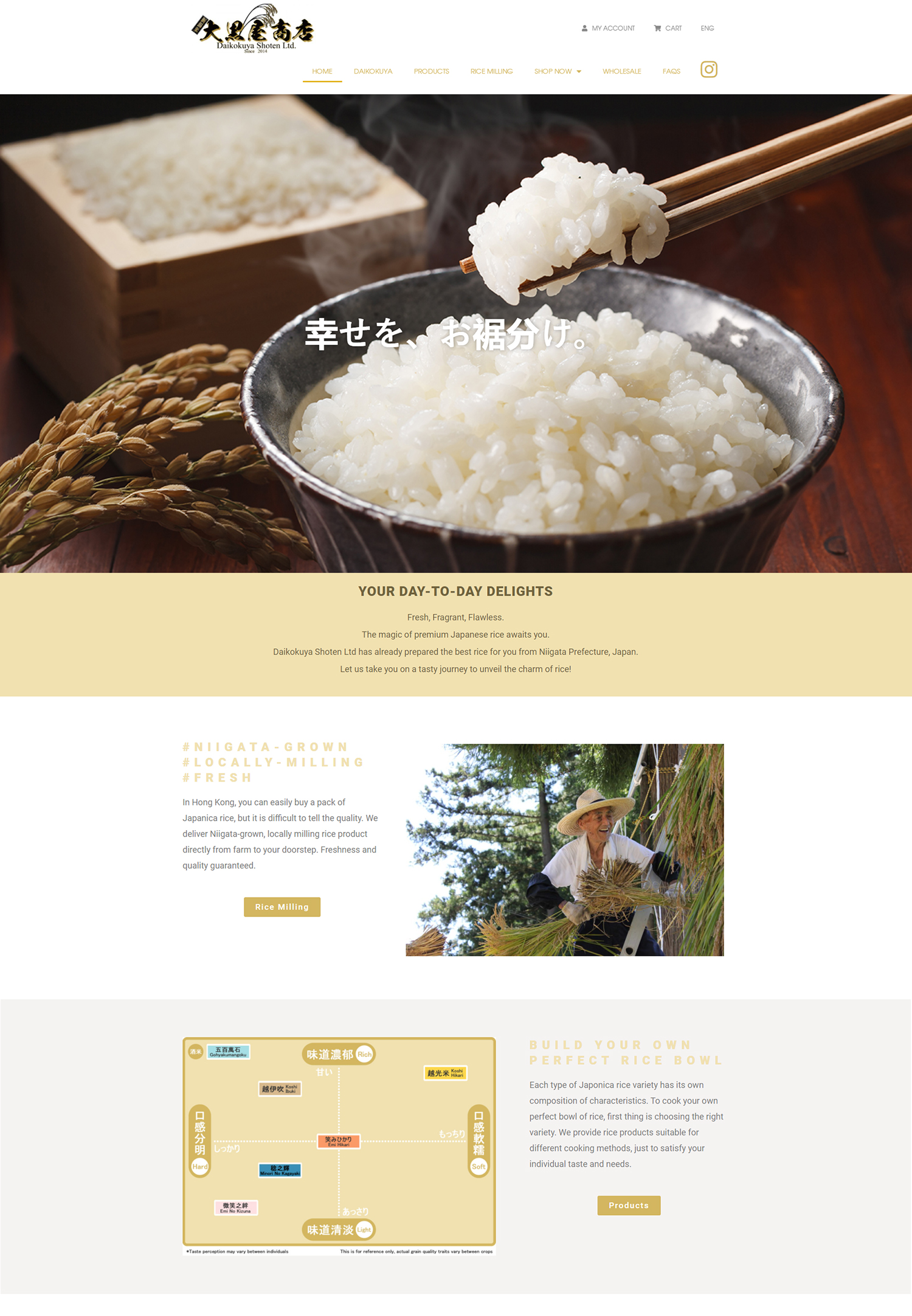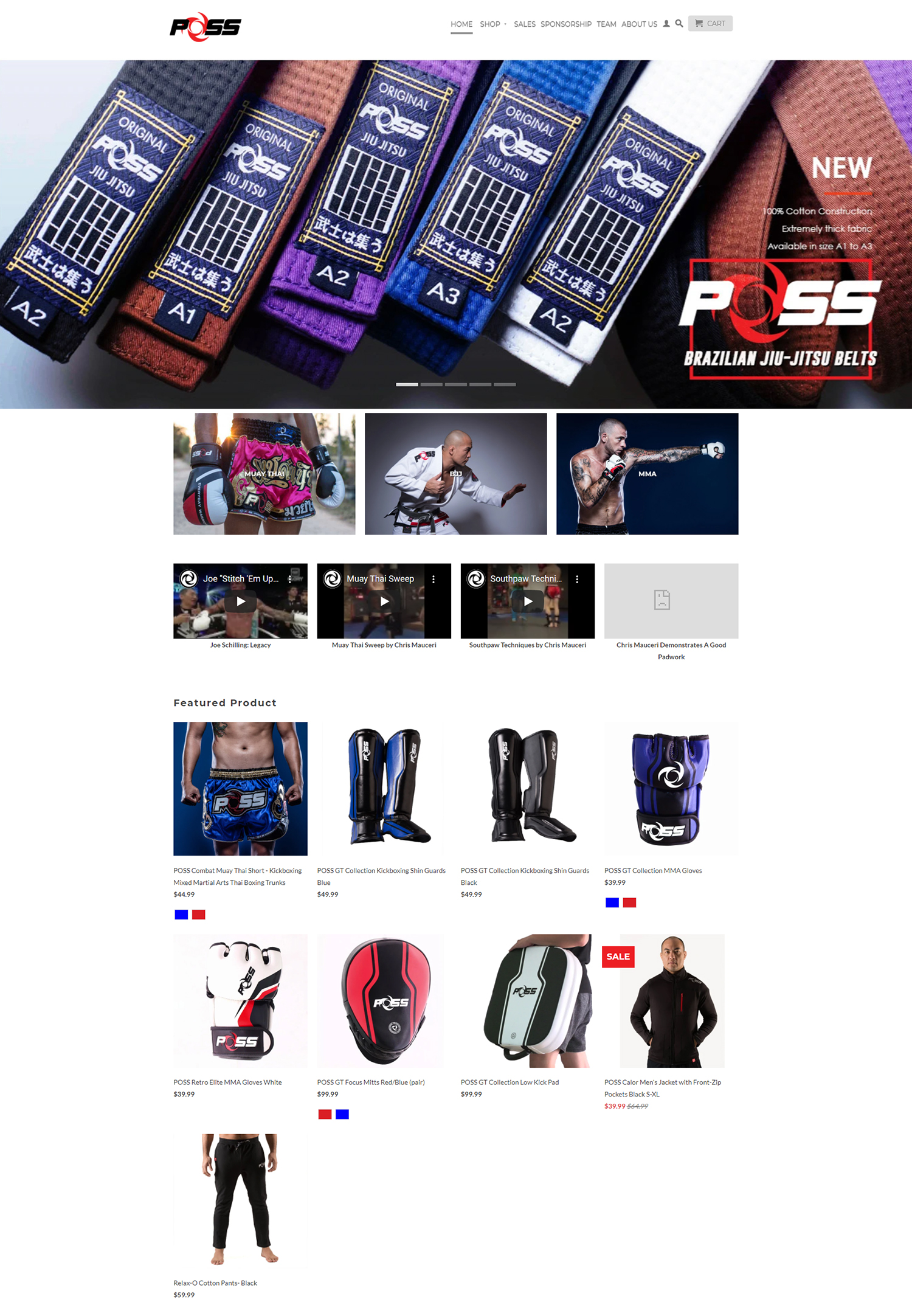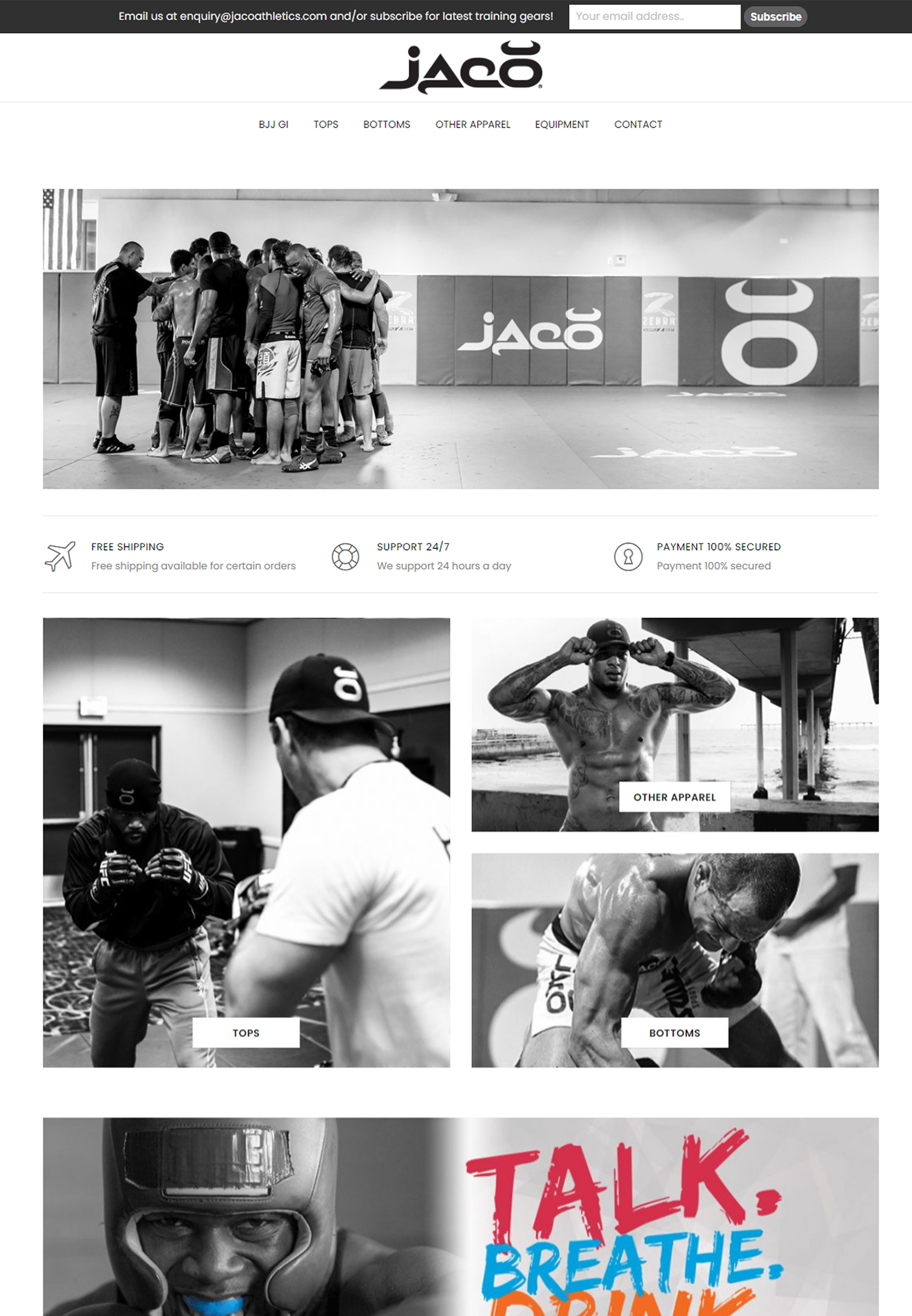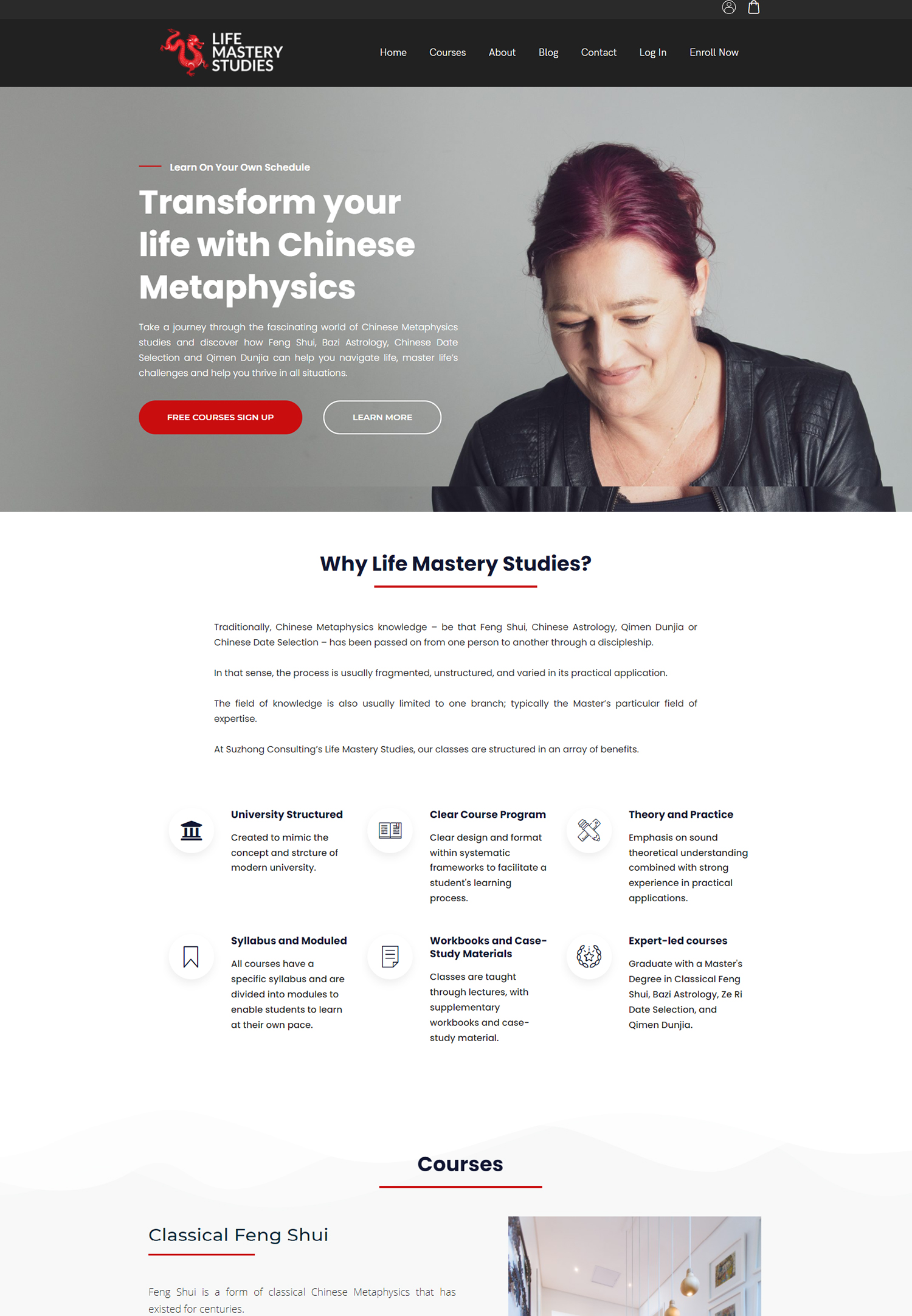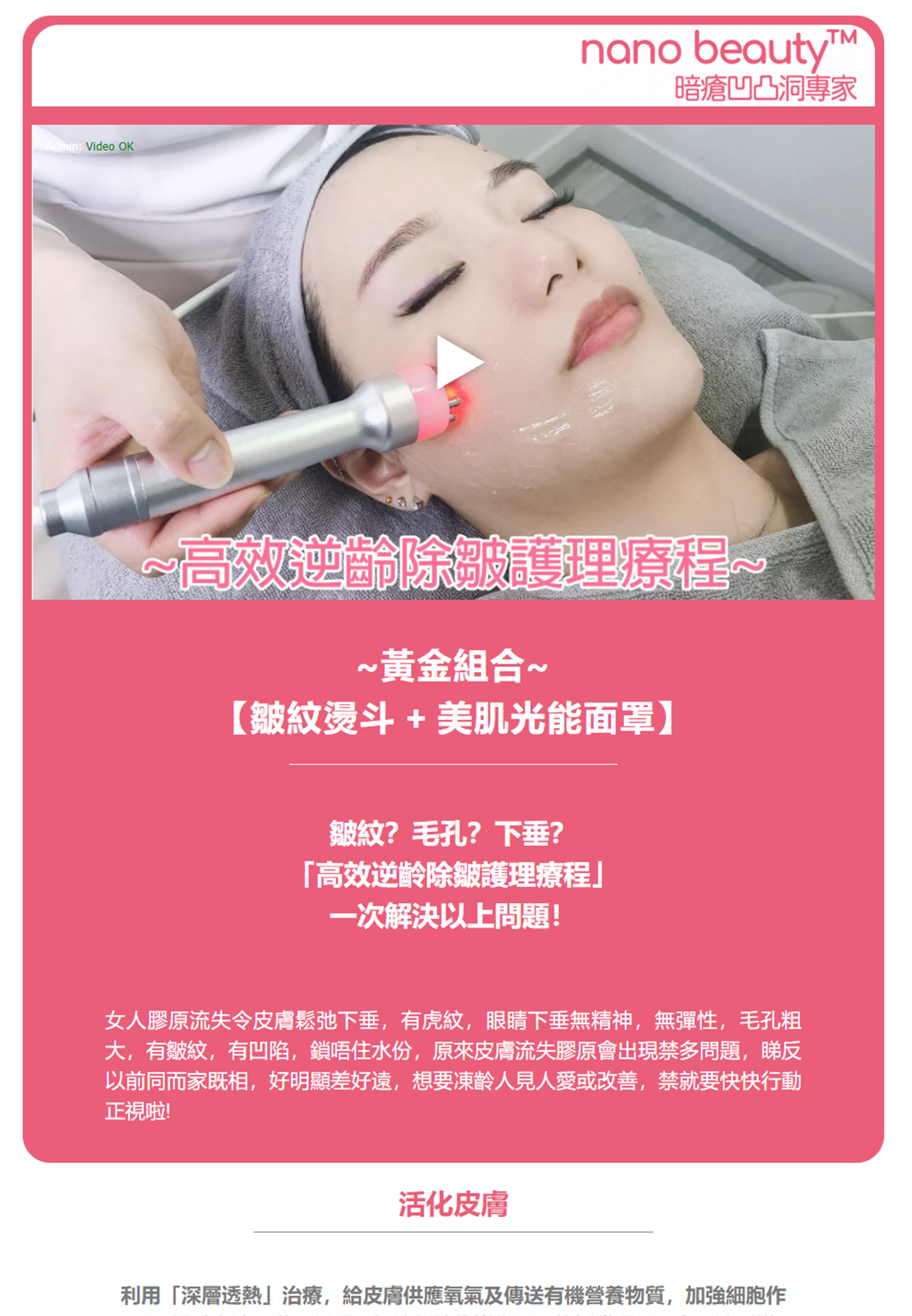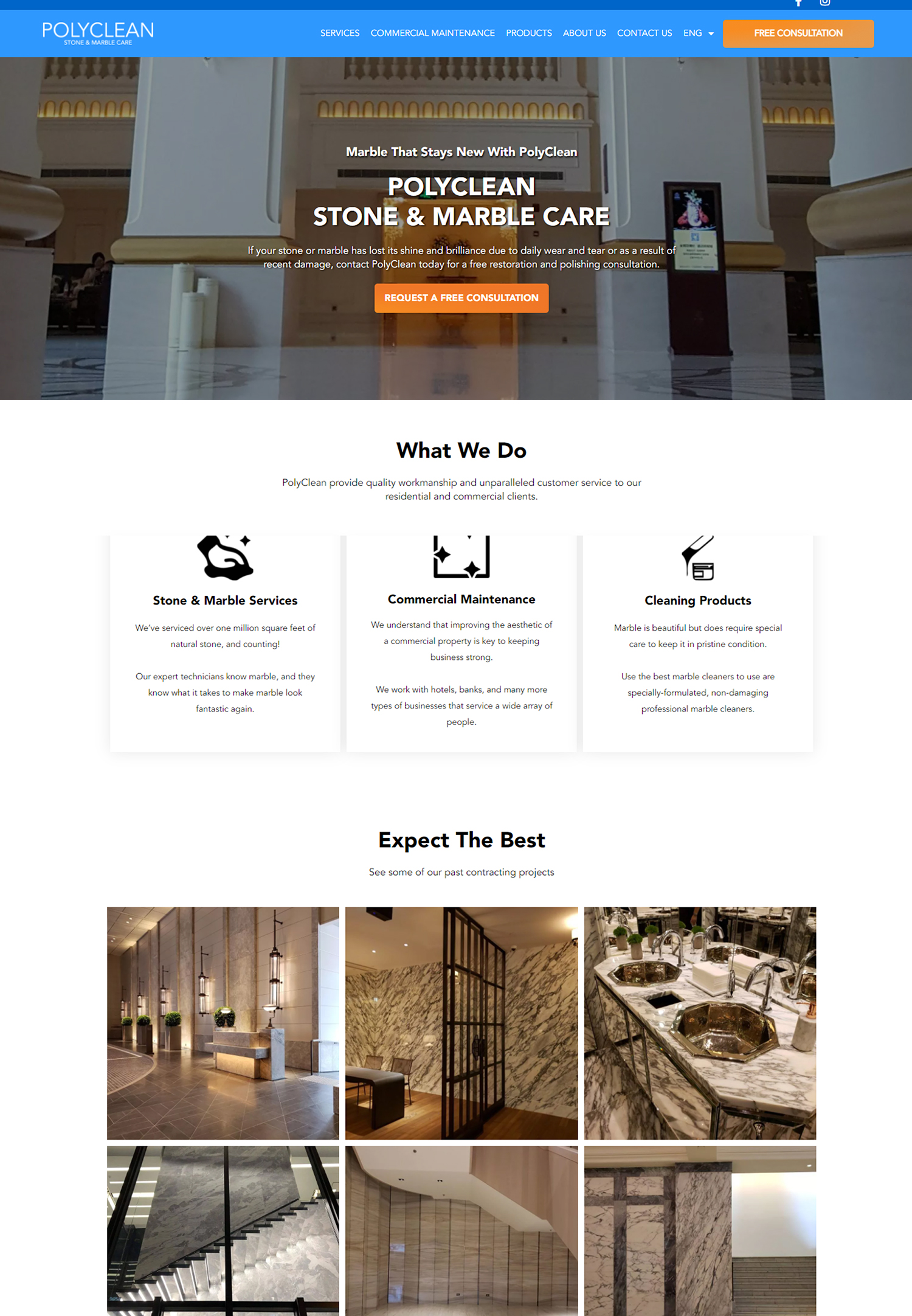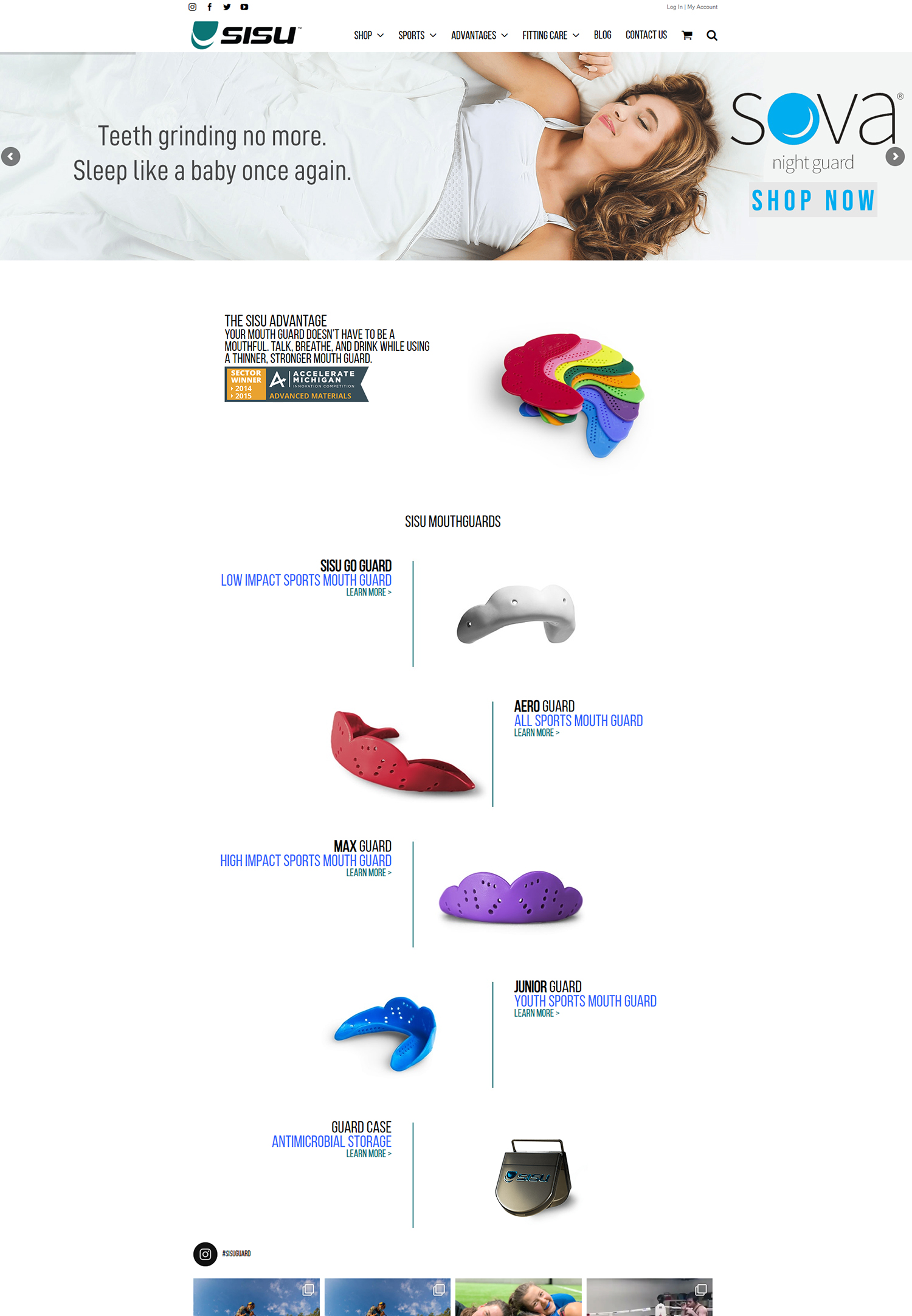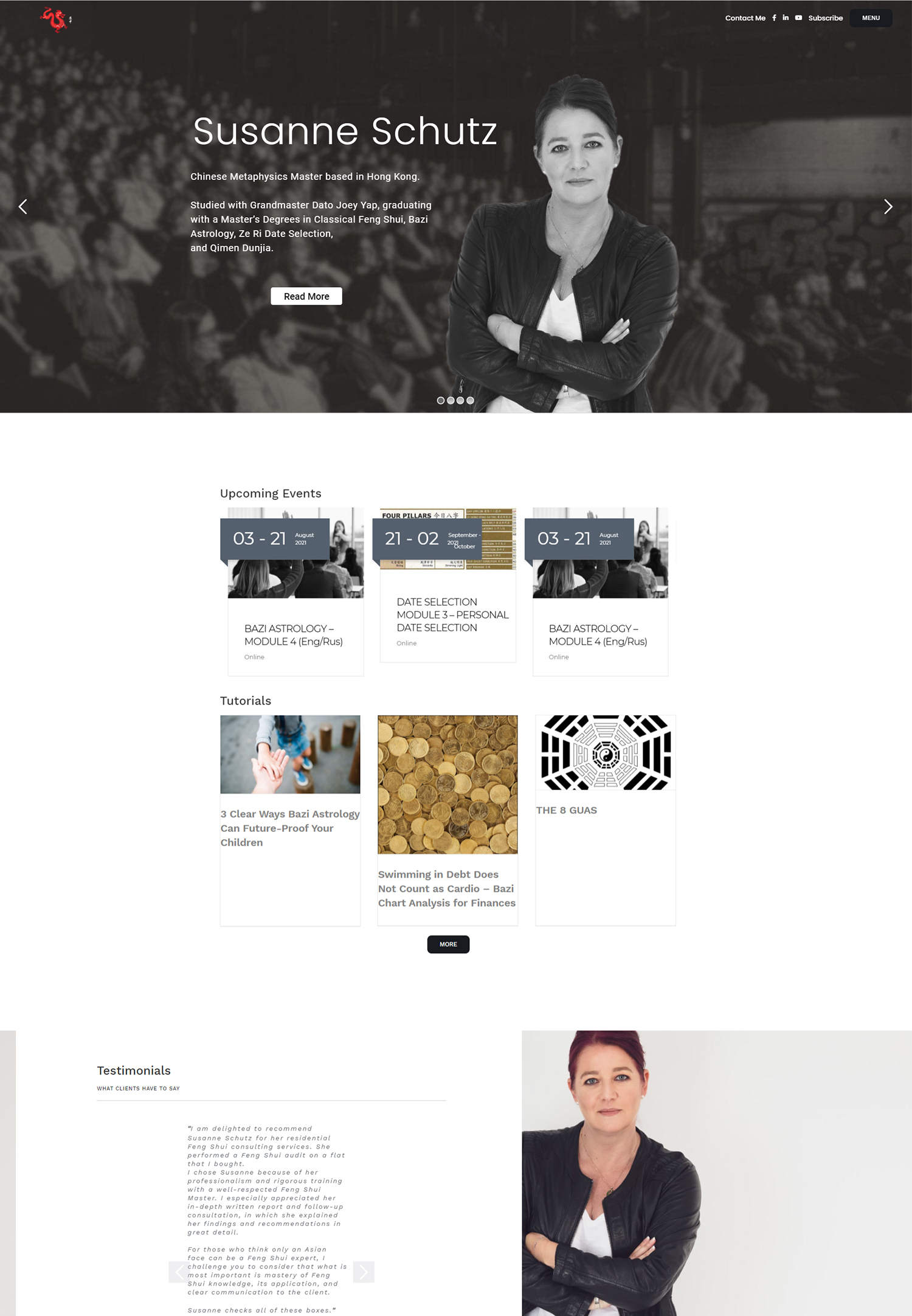Email is still a vital tool in the world of digital marketing for companies looking to interact with their customers. However, sending messages is only one aspect of email campaign effectiveness; another is comprehending and evaluating performance metrics. Email campaign performance metrics help marketers improve their strategies for increased engagement and conversion by giving them information about how well their emails connect with recipients.
Key Takeaways
- Email campaign performance metrics are essential for evaluating the success of email marketing efforts.
- Key email metrics to analyze include open rate, click-through rate, conversion rate, revenue generated, bounce rate, and unsubscribe rate.
- Open rate measures the percentage of recipients who opened the email, while click-through rate measures the percentage of recipients who clicked on a link within the email.
- Conversion rate and revenue generated are important metrics for understanding the impact of email campaigns on sales and revenue.
- Bounce rate and unsubscribe rate are indicators of the quality of the email list and the effectiveness of the email content.
By exploring these metrics, companies can determine the campaigns’ advantages and disadvantages, enabling data-driven choices that improve overall efficacy. It is impossible to exaggerate the significance of email campaign performance metrics. They guide marketers toward what works & what doesn’t by acting as a compass. A low click-through rate, for example, can suggest that the email’s content is not sufficiently engaging, whereas a high open rate might suggest that your subject lines are compelling.
Marketers can optimize their campaigns by methodically examining these metrics, making sure that every email sent is a useful touchpoint that prompts action rather than just another message in the inbox. A number of crucial metrics are taken into consideration when assessing the effectiveness of an email campaign. These comprise engagement metrics like forward & reply rates, as well as open rates, click-through rates (CTR), conversion rates, bounce rates, & unsubscribe rates.
Every one of these metrics offers distinct perspectives on various facets of the campaign’s effectiveness. For instance, click-through rates show how many recipients clicked on the email’s links, whereas open rates show how many recipients opened the email. Gaining an understanding of these metrics is essential for evaluating the overall success of your email marketing campaigns. Also, combining these metrics can provide more in-depth analysis. If you see a high open rate but a low click-through rate, for example, it can indicate that, although your subject line is intriguing enough to get people to open the email, the content or call-to-action might not be strong enough to entice them to engage further.
On the other hand, if your email has a high click-through rate but a low open rate, it may be a sign that your subject lines need to be improved to get more opens. Marketers can get a more sophisticated grasp of the habits & inclinations of their audience by looking at these metrics from a broad perspective. One of the most basic metrics in email marketing is open rate, which is the proportion of recipients who opened an email relative to the total number of emails sent. This measure is important because it shows how well your sender name and subject line draw in readers. Generally speaking, a high open rate means that your audience finds your emails interesting and pertinent.
When analyzing this metric, it is crucial to take into account elements like timing and list segmentation. Open rates can be greatly impacted, for example, by scheduling emails according to the behavior of your audience. Conversely, click-through rate (CTR) calculates the proportion of recipients who clicked on one or more of the email’s links. When evaluating the effectiveness of your calls to action and the degree to which your content connects with your audience, this metric is essential.
A high CTR indicates that readers not only opened the email but also were sufficiently interested in the content to act. Marketers can experiment with various content types, like tailored recommendations or special offers, to increase CTR. They can then examine which components result in more clicks. By knowing both open and click-through rates, marketers can design email campaigns that are more focused and successful.
Another crucial indicator is conversion rate, which calculates the proportion of recipients who clicked through from an email and carried out a desired action. This can entail downloading a resource, purchasing something, or attending a webinar. Marketers can learn how well their emails produce real business results by examining conversion rates.
A high conversion rate shows that readers not only interacted with the email’s content but also found it interesting enough to act upon it. Email campaign revenue is arguably the most readily observable indicator of success. By monitoring sales that are directly attributable to email campaigns, this metric calculates the financial impact of your email marketing efforts.
Marketers can learn more about the return on investment (ROI) of their campaigns by examining revenue generated in conjunction with conversion rates. For instance, it might indicate that although many recipients interacted with the content, only a small percentage made purchases if an email campaign produced a high amount of revenue but had a low conversion rate. This knowledge can help guide future tactics, like improving product offerings or targeting to increase conversions. A crucial indicator of the proportion of emails that did not reach recipients’ inboxes is the bounce rate.
Bounces come in two varieties: soft bounces & hard bounces. When an email cannot be delivered for long-term reasons, like an invalid email address, it is known as a hard bounce. Soft bounces occur when there are transient problems, such as server issues or a full inbox. Keeping an eye on bounce rates is crucial to keeping your email list healthy because high bounce rates can harm deliverability and sender reputation.
Another crucial indicator that shows how many recipients chose not to receive emails in the future following a particular campaign is the unsubscribe rate. High unsubscribe rates could indicate that people are not happy with the frequency or content of your emails. It’s important to consider this metric in its context. For example, if you send a promotional email and see a spike in unsubscribes, it might mean that your audience prefers value-driven content over sales pitches. By making sure they are reaching relevant and interested audiences, marketers can improve overall engagement & refine their lists by knowing both bounce and unsubscribe rates.
Viral content is gauged by forward rates. Forward rates reveal how frequently recipients forward your emails to other people. A high forward rate shows that your content is so compelling to recipients that they are motivated to spread the word to their network, thereby increasing your reach without requiring more work from you. Reply rates: Creating Insightful Discussions.
Direct interaction from recipients who reply to your emails is reflected in reply rates. High response rates can be a sign that your material sparks insightful discussions or questions, which is great for establishing rapport with clients or potential clients. increasing involvement and fostering relationships. Marketers can improve engagement and forge closer ties with their audience by promoting sharing and responses with attention-grabbing content and obvious calls to action.
By examining these engagement metrics, marketers can learn how well their emails interact with their audience & how they encourage discussion & community building. By comparing two email versions & identifying which one performs better based on particular metrics, A/B testing, also referred to as split testing, is a potent technique for optimizing the performance of email campaigns. Marketers can test out different components like subject lines, content layout, images, calls-to-action, and send times using this technique. These factors can be methodically tested by marketers to obtain data-driven insights that guide subsequent campaigns.
For instance, you could make two versions of an email—one with personalization and one without—to see if a customized subject line increases open rates more than a generic one. You can find out which strategy works best with your audience by distributing each version to a subset of them and evaluating the outcomes using open and click-through rates. By encouraging experimentation and ongoing learning, A/B testing not only improves the performance of individual campaigns but also helps to improve overall strategy over the long run.
Marketers need to adopt a data-driven strategy based on performance metrics analysis in order to optimize email campaigns successfully. Businesses can considerably improve their email marketing efforts by using A/B testing techniques and comprehending important metrics like open rates, click-through rates, conversion rates, bounce rates, unsubscribe rates, and engagement metrics like forward and reply rates. Marketers are better equipped to decide on content production, audience segmentation, timing, and overall strategy thanks to the insights gleaned from these analyses. In the future, marketers must develop a routine for routinely tracking these metrics & modifying their approaches as necessary.
By putting best practices into practice, such as list hygiene (deleting inactive subscribers) and consistently experimenting with new concepts, engagement levels can be sustained over time. Maintaining effective email marketing campaigns that produce significant outcomes for businesses will require being aware of shifts in audience preferences and behaviors as the digital landscape develops.
When analyzing email campaign performance metrics, it is important to consider the overall design of your website as well. A great web design can significantly impact the success of your email campaigns by providing a visually appealing and user-friendly platform for your audience to engage with. To learn more about why great web design is important, check out this article here. Additionally, incorporating video content on your website can also enhance the effectiveness of your email campaigns. To explore the benefits of using video on your website, read this article here.




